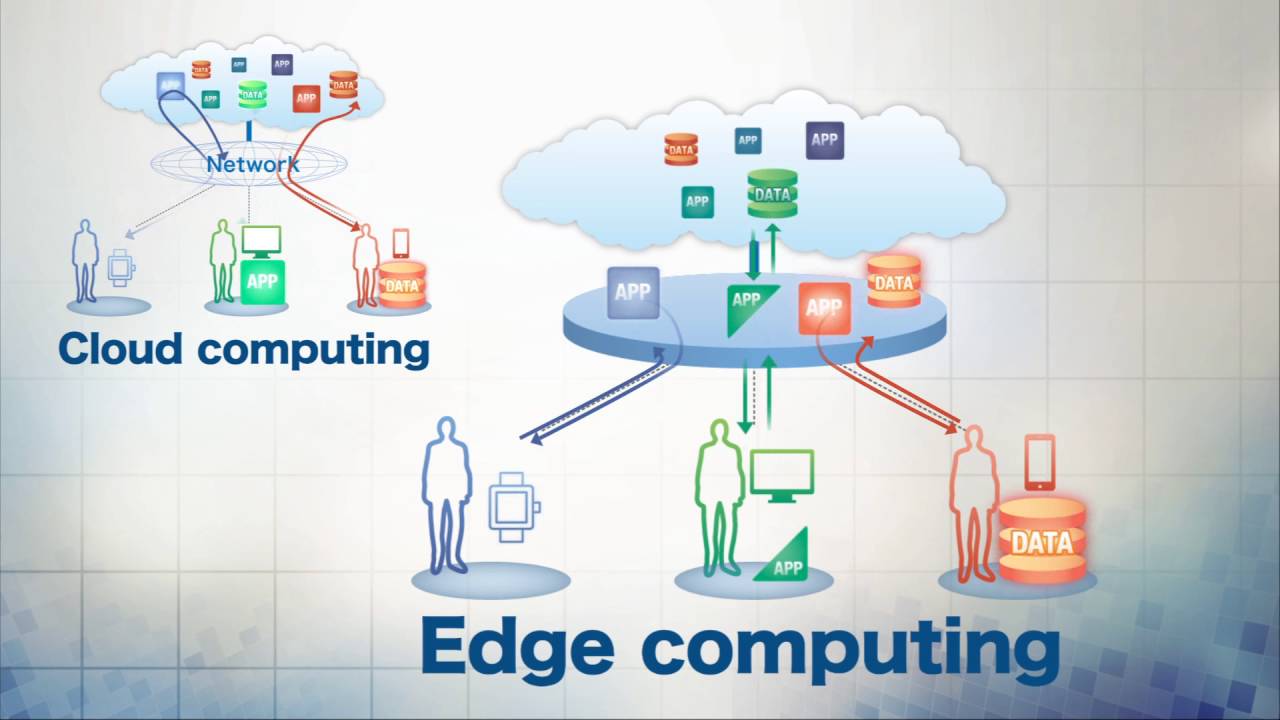The Debate in a Nutshell: CDN vs Edge Computing

In this CDN vs edge computing discussion, we aim to differentiate the two concepts, and see if we can identify which is indeed better than the other. While CDN architecture are prevalent in the entire globe, especially that a CDN for website functions is common, edge computing is also gaining momentum the way CDN architecture did. Using a CDN for websites is a common practice nowadays, employed by global business forces; however, in our discussion of “CDN vs edge computing”, it is also noticeable that a lot of companies are considering edge computing as a viable means to speed up processes in bringing services to many patrons, and in increasing productivity through more connected work processes. In our CDN vs edge computing debate, let’s discuss definitions, advantages, and how their backgrounds and pros stack against each other. Are CDN architecture on the way to be obsolete, and a CDN for websites will be a thing of the past? Will edge computing rule supreme in this CDN vs edge computing debate? Let’s find out.
What is Edge Computing?
While CDN architecture aim to increase connectivity to individuals across the globe, and using a CDN for websites is probably the foremost usage of cache-and-edge-server technology, in the CDN vs edge computing discussion, the idea of connectivity is probably at the center. The idea of edge computing is related to the “Internet of Things”, or IoT. Through IoT, it is understood that all devices can be connected with each other, through internet omniscience. With this idea in mind, edge computing aims to use connectivity, like CDN architecture do, to improve processes, such as transactions and activations, by bringing computing closer to the devices it will serve. As IoT demonstrates: anything that can be connected, will be connected. Edge computing aims to bring these means of connection closer by putting more effort in making sure that various computations, will be done through closer proximity to the devices that will benefit from them.
CDN vs Edge Computing: The Low-Down
Where does the CDN vs edge computing debate come in? CDN architecture are also created to improve connectivity, but when they were created, it was more of bringing content to more areas in the world, not necessarily with faster processes. In the early 90s, when content was on demand to be distributed to a growing netizen community, using a CDN for website functionality became a widespread idea, that CDN architecture soon started to gain presence, and using a CDN for websites or other functions such as data sharing and application hosting was soon adopted by many enterprises. Now, CDN architecture can be used by anyone who wishes to reach others across the globe. A CDN for website delivery is used by almost (if not all) global companies. Also, CDN architecture have evolved than just simply bringing data closer and faster. Various CDN architecture have changed in functions. A video CDN for websites improves streaming quality. An image CDN for websites calculates how images will appear in different gadgets. A traffic CDN for websites manages data exchange in and out of the CDN architecture. And so on.
But the question remains. In the CDN vs edge computing comparison, which one is better? In comparing a CDN vs edge computing means and ways, which one is better at bringing data, making processes more streamlined, and in improving the end user experience? The CDN vs edge computing debate may be heated as it prolongs, but the truth of the matter is… neither is better than the other.
Why is it that in the CDN vs edge computing discussion, one isn’t really above the other? That is because CDN architecture, or when one uses a CDN for websites, one is availing of the edge server’s capability to bring data closer. Edge computing, on the other hand, is more concerned with bringing processes closer to the devices that need them. Therefore, there is really no comparison. However, juxtaposing a CDN vs edge computing means opens a whole new idea of improving productivity. While CDN architecture bring data at a faster rate, perhaps when someone activates a CDN for websites, the arrival of data can be expected sooner. Then comes edge computing, that can exponentially speed up the processes by bringing closer to the devices and people who can benefit from the efficiency.
In the discussion of CDN vs edge computing, it now appears that using CDN architecture, like with a CDN for websites, will be improved through edge computing. To know more about this, talk to BelugaCDN to ask about how CDN architecture can be further improved through edge computing.
Power-up your Content Delivery
30 Day Free Trial Cancel Anytime